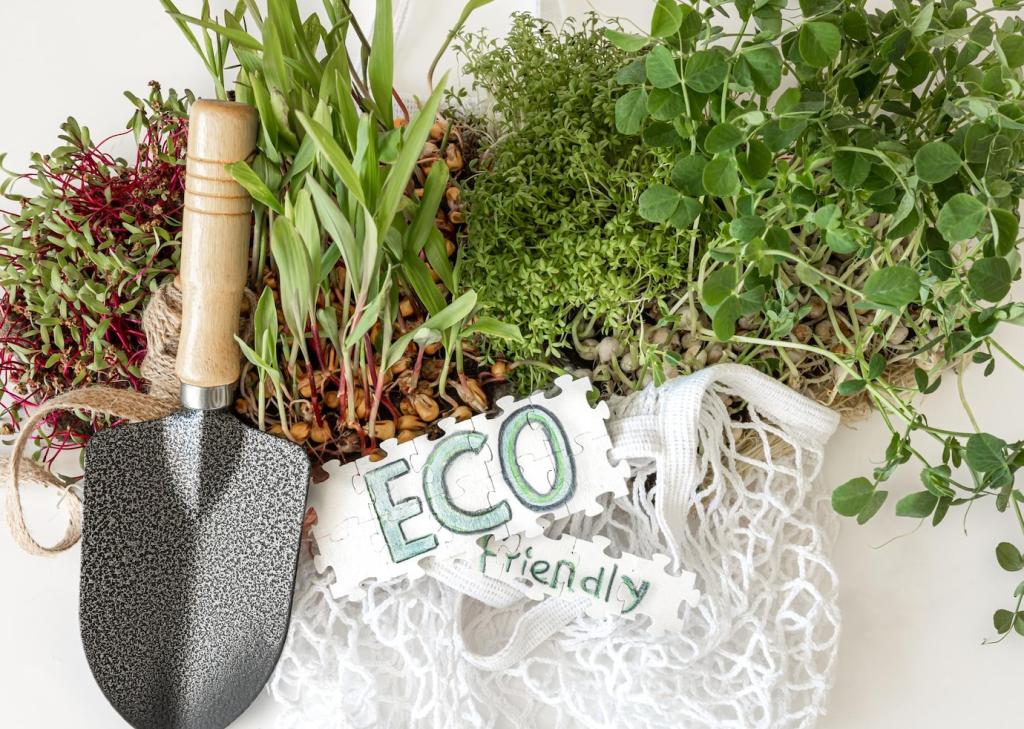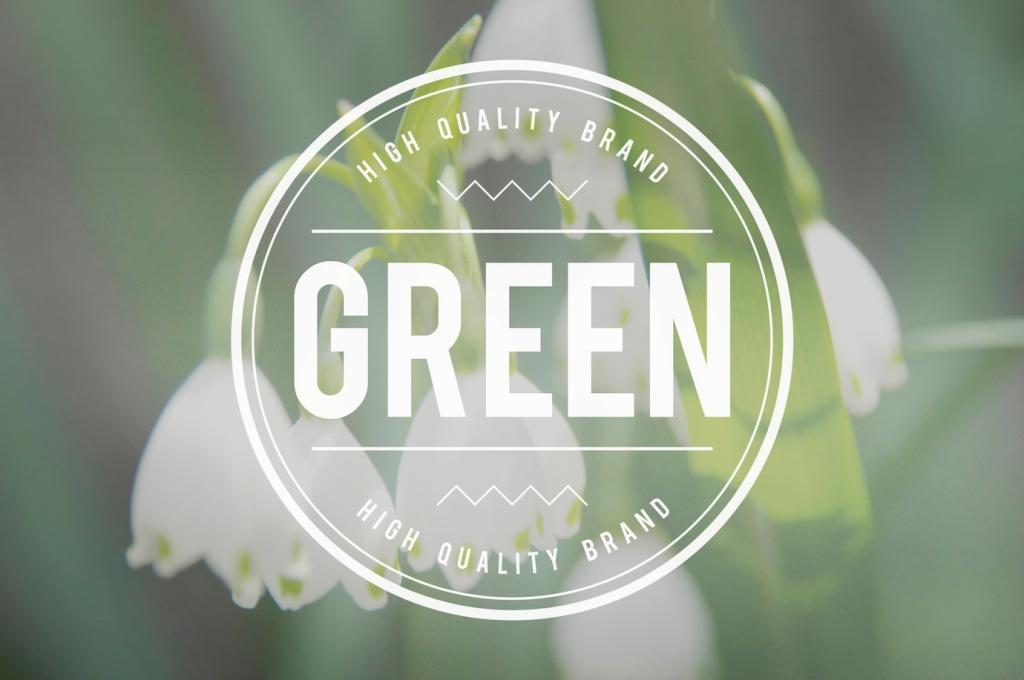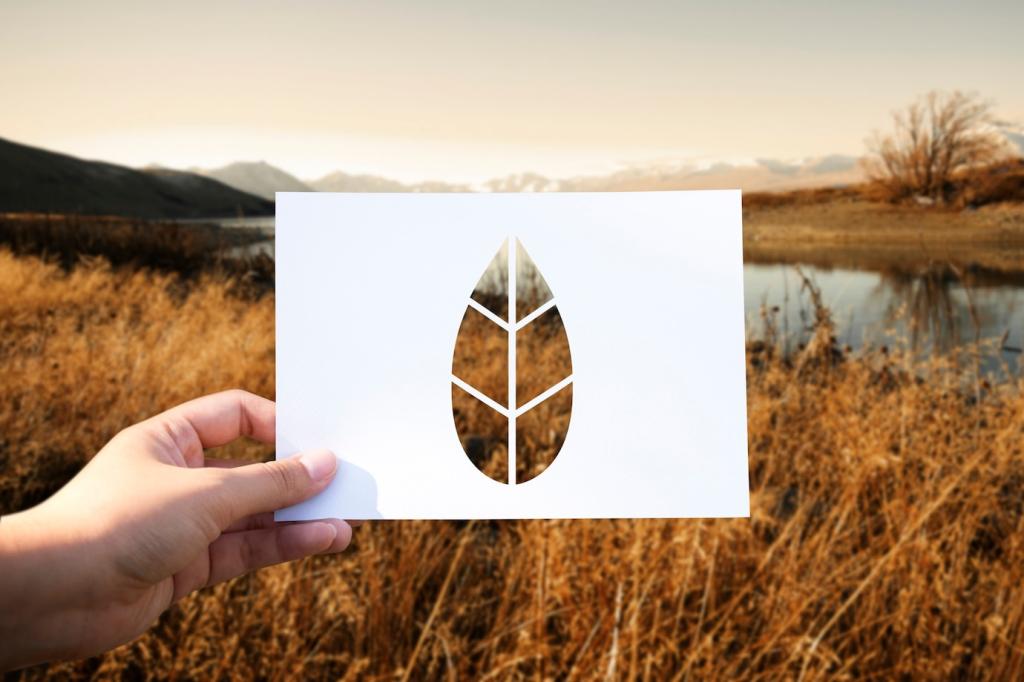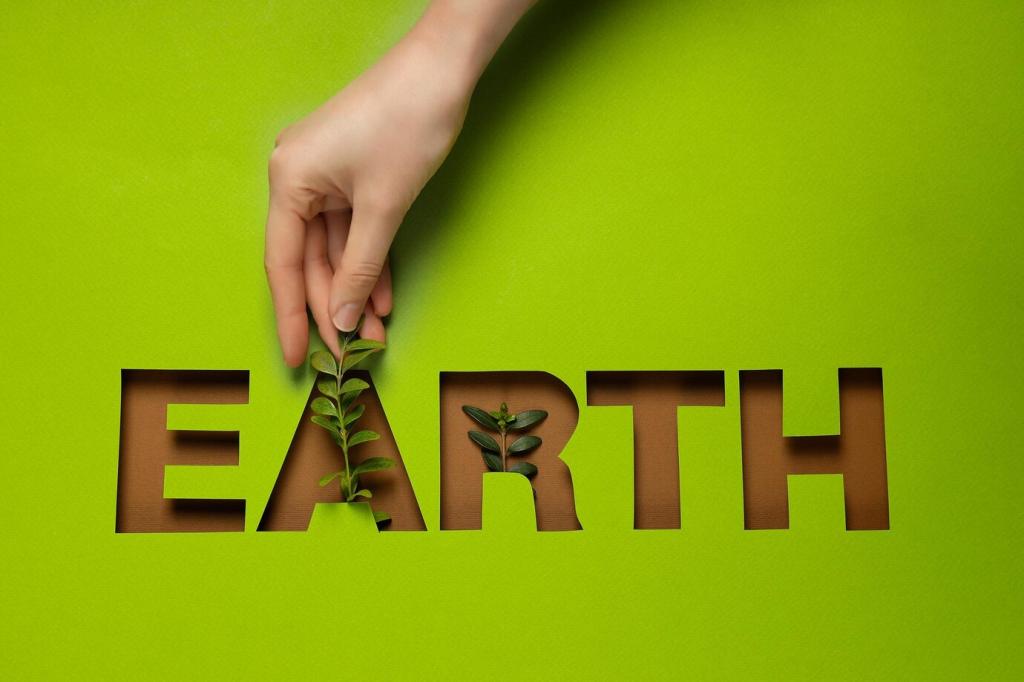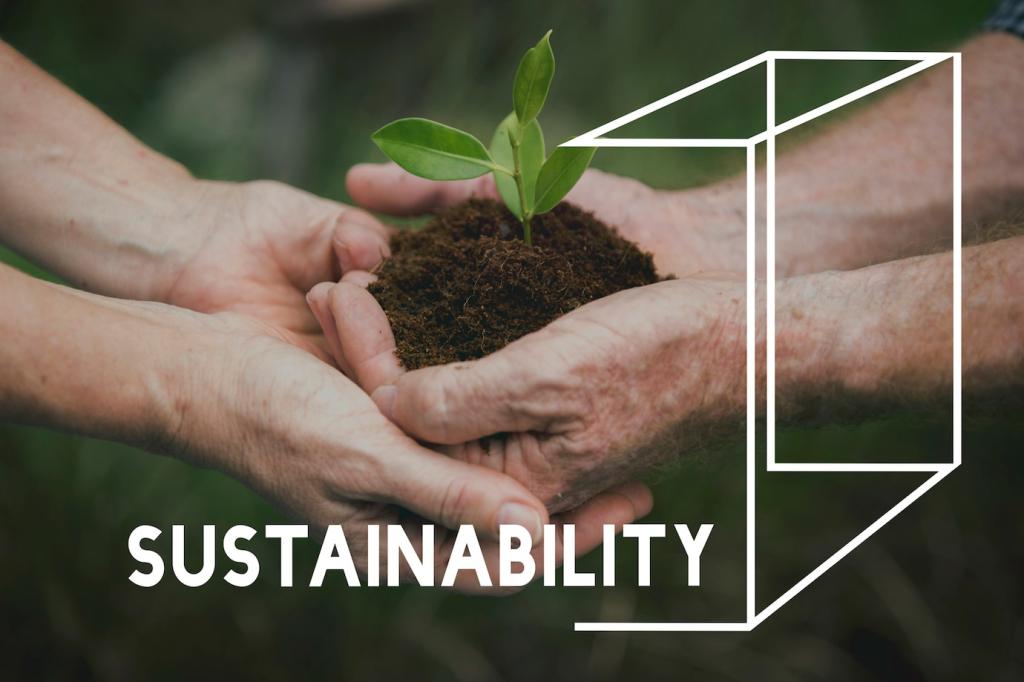Planet-Safer Fillings And Foams
Gently responsive natural latex paired with coconut coir creates supportive, breathable cushioning for seats and backs. Look for certifications and transparent sourcing to avoid synthetic mixes. We swapped a sagging foam core for layered latex and coir in a reading chair; it now springs back instantly and smells faintly of clean rubber, not chemicals.
Planet-Safer Fillings And Foams
Rebonded recycled foam reduces waste while maintaining firmness for high-traffic sofas. If you prefer feather-like softness, consider recycled microfiber or kapok in tightly woven covers to limit shedding. Encasing fills and using zippered liners helps refresh cushions easily, extending life without constant replacements or excessive resource use.


